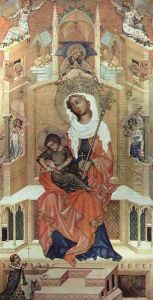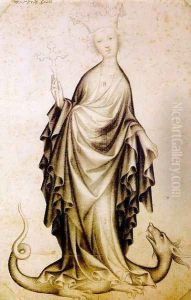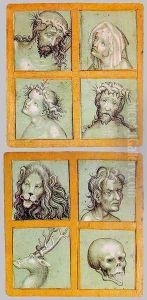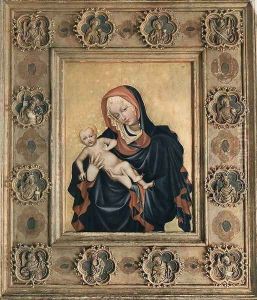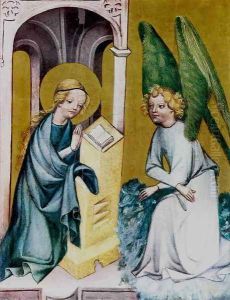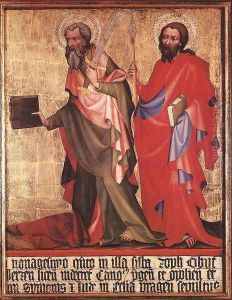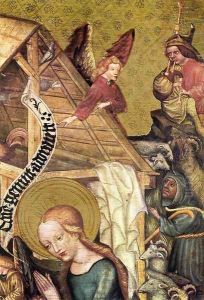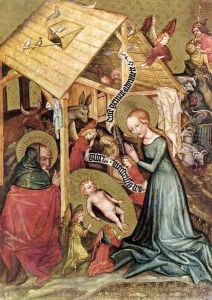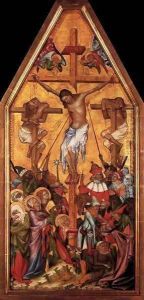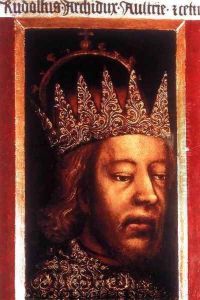Bohimian Unknown Masters Paintings
The term 'Bohemian Unknown Masters' refers to a group of artists rather than a single individual, and as such, they do not have specific birth or death dates. These artists were active during the late Gothic and Renaissance periods, primarily in the 14th to the 16th centuries, in the region of Bohemia, now part of the Czech Republic. The 'Unknown Masters' descriptor is used because many works from this period and region are anonymous; the artists did not sign their works, and historical records often did not document their names. These masters are acknowledged for their contributions to panel painting, illuminated manuscripts, sculpture, and other art forms that exhibit a unique blend of local style and broader European influences.
The term encompasses various artists who were responsible for the creation of altarpieces, religious sculptures, frescoes, and other artworks found in churches, monasteries, and private collections. Their work is characterized by expressive and emotional style, intricate detailing, and the use of vivid colors. Notable examples of their craftsmanship include the Beautiful Style in Bohemian panel painting, which is marked by elegant and elongated figures and a sophisticated use of color and light.
The Bohemian Unknown Masters played a significant role in the cultural and artistic developments of Central Europe, influencing the spread of Gothic art and later Renaissance ideals. Their legacy is preserved in the rich artistic heritage found in the Czech Republic, particularly in cities like Prague, which was a major cultural center during their period of activity. The anonymity of these artists means that art historians must often attribute works to 'Master of (a particular artwork or theme),' a practice common for identifying and discussing art from this period.
